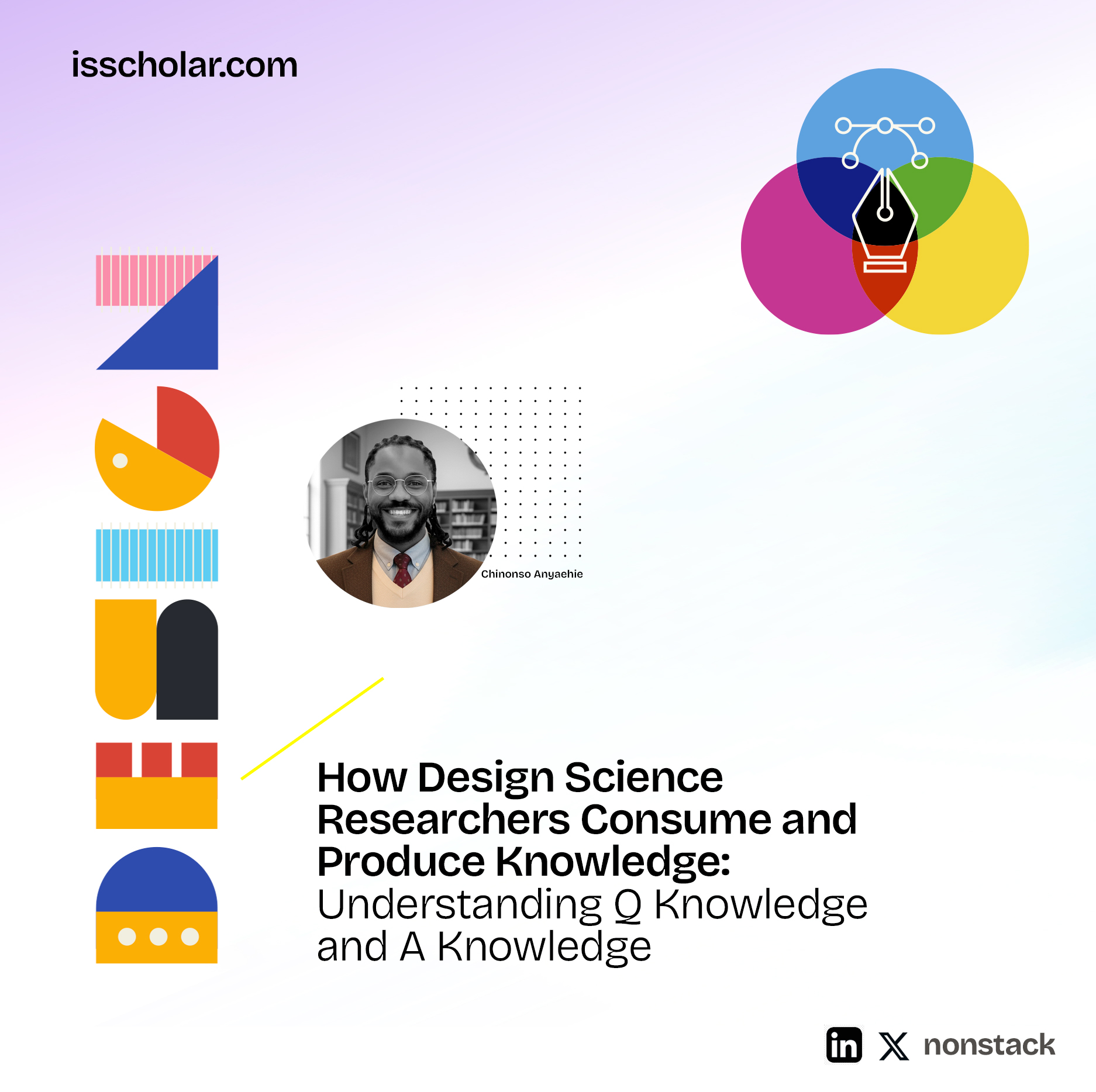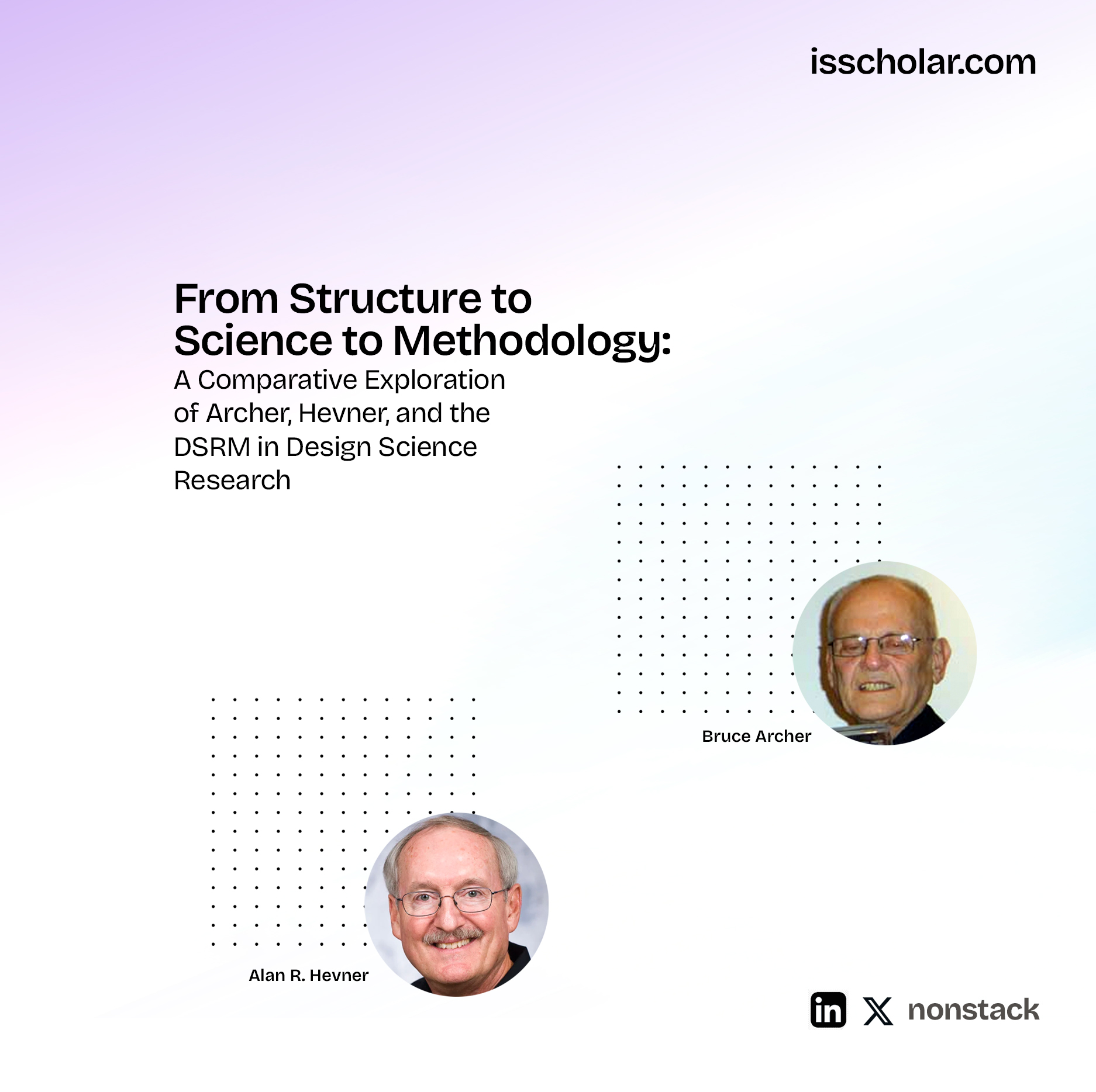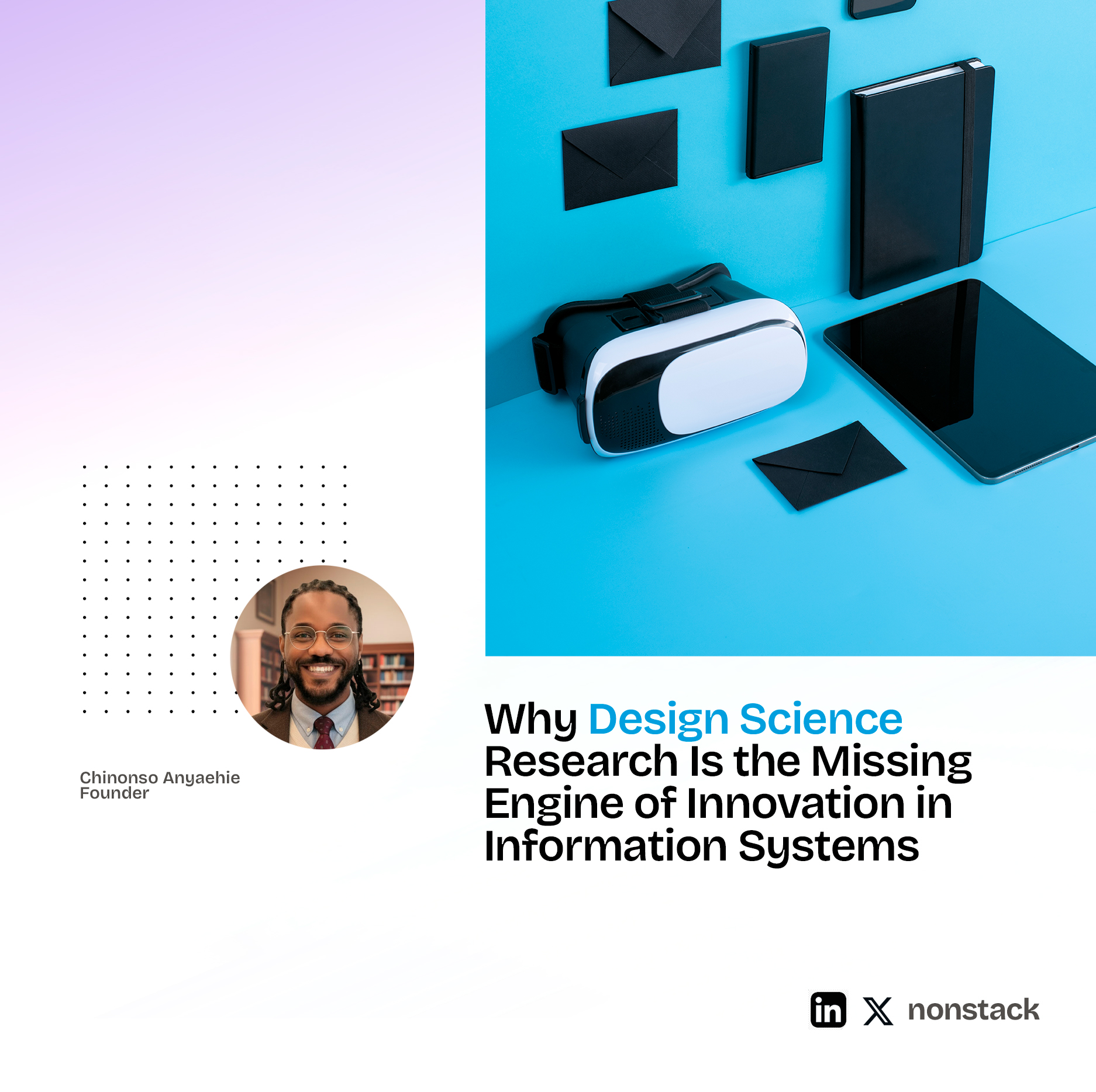When a company works with a large number of suppliers, the relationships between them tend to weaken, leading to a shift from collaborative partnerships to a purely transactional, cost-driven model. In this model, the focus becomes “shopping around” for the lowest cost, with no depth or investment in the supplier relationship. We know that strong, deep relationships with suppliers can lead to efficiencies—such as streamlined operations and shared processes—that are difficult to achieve when supplier relationships are shallow. For example, established relationships create mutual trust and commitment, allowing both parties to adapt and cooperate more effectively.
However, as the number of suppliers increases, each supplier’s incentive to invest in the relationship decreases. In a scenario with many suppliers, such as supplier #25, the supplier sees little reason to invest heavily or work collaboratively with the company. Instead, their engagement is minimal; they may allow price comparisons but won’t go further to enhance the relationship. This dynamic is known as the brokerage effect, where a company benefits from lower costs by keeping supplier options open, but at the expense of relationship depth. This approach results in diminishing returns: while costs initially go down, the absence of collaboration and trust eventually limits the benefits gained.
The “move to the middle” hypothesis presents a balanced approach, advocating for companies to work with a smaller, more stable group of suppliers rather than moving to an extreme of full market competition (many suppliers) or full vertical integration (owning the entire supply chain). The middle approach suggests that companies can capture the benefits of competitive pricing (from brokerage) while fostering enough integration with each supplier to encourage collaboration, loyalty, and efficiency. By maintaining a manageable number of relationships, companies gain a strategic compromise: they avoid the extremes of both full market-based relationships, which lack depth, and fully integrated hierarchies, which limit flexibility and increase costs.
In contrast, the theories of Malone, Yates, and Benjamin emphasize moving toward market structures with minimal integration, highlighting the benefits of outsourcing and electronic markets. They argue that IT lowers coordination costs, allowing companies to rely more on external suppliers while benefiting from competition. However, Clemons and Row bring a new perspective: although markets and competition have clear advantages, companies should not abandon integration altogether. Clemons and Row argue for a balanced approach that seeks to capture both the efficiencies of brokerage and the benefits of integration, maximizing both while finding an equilibrium between them.
The different risks associated with supplier relationships also play a critical role here. Operations risk arises due to information asymmetry between the buyer and the supplier. In this case, the supplier might have more information about product quality or delivery than the buyer. This asymmetry allows the supplier to exploit the relationship, perhaps by subtly reducing product quality, knowing that the buyer may not detect the change. For instance, if a supplier realizes the buyer cannot easily monitor quality, they might lower standards to cut costs, assuming the buyer will not catch on. Operations risk, therefore, is the potential for the supplier to take advantage of hidden information, which is especially prevalent when trust and monitoring systems are weak.
In addition to operations risk, companies face opportunism risk, which stems from asset specificity. Asset specificity refers to investments made specifically for a particular supplier relationship, making those investments difficult to transfer to another supplier. In traditional settings, if a company builds a system or tool specifically to connect with one supplier, it becomes dependent on that supplier, who may then leverage the company’s investment for their own benefit. Historically, companies avoided such investments due to the high risk of dependency and potential exploitation. For example, companies would hesitate to create custom IT systems that would lock them into working with one partner, as this increased vulnerability and opportunism risk.
Today, however, standardized and open IT architectures have reduced this risk. In modern systems, companies can adopt open, interoperable interfaces that allow them to communicate seamlessly with various suppliers, thereby reducing the relationship-specificity of their investments. For instance, Walmart is an exception due to its market power. Walmart has the leverage to demand that suppliers integrate into its proprietary systems, requiring them to make relationship-specific investments. In Walmart’s case, suppliers must comply because of Walmart’s dominance as a buyer, meaning suppliers are willing to bear opportunism risk to access Walmart’s vast market.
Explicit coordination—or deep integration—is a concept central to Clemons and Row’s analysis. Explicit coordination involves close, structured relationships where companies and suppliers share data, processes, and inventory information. These deep relationships offer significant benefits. By aligning operations closely, companies and suppliers can achieve higher efficiency, improve quality, and coordinate on planning, inventory, and logistics. For instance, when a supplier feels invested in a long-term relationship, they are more likely to prioritize the buyer, offer customized solutions, and provide additional value-added services.
However, explicit coordination introduces transaction risk due to the combined effects of operations and opportunism risks. In highly integrated relationships, there is a greater chance for information asymmetry (operations risk) and asset specificity (opportunism risk) to arise. Therefore, companies often hesitate to pursue explicit coordination unless there is a compelling strategic advantage, such as unique benefits that cannot be achieved through purely market-based relationships. In other words, companies balance the efficiencies of integration with the risks associated with dependency and information gaps.
Historically, explicit coordination in physical supply chains required heavy investment in relationship-specific assets. For instance, railways transporting supplier materials to manufacturers required warehouses to be built near railway lines, creating an asset-specific dependency. These warehouses represented a fixed investment, and if the company wished to change suppliers, these assets could not be easily redeployed, resulting in high transaction costs and risks. This integration was expensive and created significant opportunism risks. In the digital world, however, IT offers a solution, allowing companies to achieve coordination without the same level of asset specificity. IT enables flexibility, real-time data sharing, and the potential for integration without the physical constraints that previously required asset-specific investments.
In conclusion, Clemons and Row argue that information technology (IT) allows companies to capture the advantages of explicit coordination without incurring prohibitive transaction risks. IT enables companies to develop long-term partnerships with a limited number of suppliers, fostering integration while keeping transaction risks manageable. This “move to the middle” approach balances the benefits of competitive markets (brokerage) with the efficiency of deep supplier relationships (integration). By strategically managing supplier relationships, companies can achieve a flexible, cost-effective, and efficient supply chain structure, reaping the best of both worlds in a balanced, middle-ground approach.










Leave a Reply